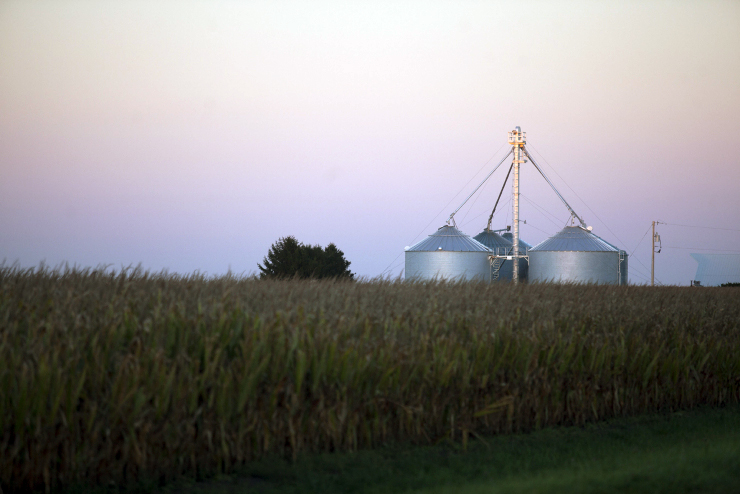Home > Kentucky > Kentucky Crops & Livestock > Planning for Kentucky’s Future
Planning for Kentucky’s Future
Kentucky Agriculture continues to evolve, and there’s now a new five-year plan to prove it. The Kentucky Agricultural Strategic Plan, created by the Kentucky Agricultural Council, isn’t just about improving the state’s farms and helping farmers – it’s about strengthening their place in communities and improving quality of life and economic vitality across Kentucky.
“We didn’t want this to be a plan that just ends up on someone’s shelf,” says Tony Brannon, dean of agriculture at Murray State University and chair of the Kentucky Agricultural Council. “Our motto was to ‘Plan your work and work your plan’.”
Brannon also helped develop the first agricultural strategic plan, used from 2007 to 2012, which had assessments where members graded their progress.
“We even had mid-terms to see how we were doing,” Brannon says. “At the end, we felt we had significant accomplishments.”
That was only the beginning, however. The second strategic plan, released in 2013, takes Kentucky Agriculture to the next level.
“With this second plan, we want to move forward, so we’re going to keep having quarterly meetings,” Brannon says.
The new motto of the plan is “What page are you on?” Brannon literally wants each of the 70 participating organizations to take ownership of a page or section of the plan to accomplish the goals.
“Everyone involved in the plan plays a strategic part,” Brannon says. “We want them to find a page or paragraph, decide what action can be done and get to work.”
Brannon and the members of the task force understand that production agriculture has changed, not just in Kentucky, but worldwide in terms of traditionally profitable and open markets. In Kentucky, profitable production agriculture once included tobacco, dairy, beef cattle and equine. New agriculture involves small grains, poultry and aquaculture as well as locally grown fruits and vegetables and even exporting “crops” such as large-mouth bass fingerlings to Canada.
“Our top three goals are to increase net farm income, prosper rural Kentucky and maintain the Kentucky Agricultural Development Fund for agriculture,” Brannon says.
While other states may have similar strategic plans, what sets this plan apart is that it’s not driven from a governmental office, but from within agriculture itself, Brannon says.
“It doesn’t spell out corn, soybeans, wheat and cattle – although they are still important,” he says. “Our core strategy is to make sure the next generation of farmers can thrive. One of the things that makes this plan unique is that producers are involved, not just staff people. Our final document is the result of listening sessions held across the state to make sure we had what producers wanted.”




